From Kyoto, it was time to catch our ride to Nagoya.
While the Nozomi Shinkansen (bullet train) is the fastest, the JR pass does not cover this, so you can take either the Kodama or the Hikari (2nd fastest train). We opted for Hikari, because on the train schedule, it was the next train along, and all in all, it took only under an hour to get to Nagoya.
And here’s a great opportunity to experience the Bento Lunch. If you’ve ever been commuting in Japan, especially on the Shinkansen, then you would have probably seen someone eating out of a bento lunchbox at some point.
Food sold on the train and at the retail stores at the station are pricey. It’s better to grab some food to go from a convenience store outside the station, or at a large shopping center. There are more choices available too. On the way to the station and walking through the business area, we found street vendors selling take away food boxes to office workers around lunch time. Costing between ¥300 to ¥500, these ‘bento boxes’ had variety and a hearty amount of food packed into plastic, segmented, microwavable boxes.
I usually like anything with smoked mackerel or salmon as a side dish, and Cumi usually likes the katsudon. Well, there’s usually ample to choose from, so knock yourself out!
I was also pretty addicted to these large 7% alc. Suntory Highballs – mixing the spirit with a slug of soda in a tin can, had never been a better idea – sure made the miles fly by;)
Where Kyoto is historical, Nagoya is industrial. It is the birthplace of Toyota and Pachinko and is located in the centre of the largest fertile plain in the region, between Tokyo and Kyoto/Osaka – folks come here for factory visits, ceramic villages and cormorant (aquatic bird) fishing. Fushimi and Sakae area are your mainstays for shopping, accommodation and nightlife, so it is highly recommended you look for an accommodation in this area. Nagoya also had a couple of interesting dishes that we wanted to check out. Unlike the delicate subtlety of Kyoto cuisine or the lavish Osaka food culture, Nagoya specialties were supposed to be hearty comfort foods that we were looking forward to discovering for ourselves.. and discover we did.
So, here are 10 Adventures in Nagoya, not to be missed!
1. Eat Misokatsu Yabaton, Nagoya Noodles (Kishimen, Udon) & the famous Nagoya Chicken wings
Now we had heard that there was a check list of things to eat in Nagoya. So being foodies and all that, we promptly decided that we had to make our way through that list. Here’s our experience with Nagoya cuisine!
Follow the logo of the pig, and you will find Misokatsu Yabaton
Our first stop was to uncover, what all the fuss was about, regarding this miso based katsu.
This popular Nagoya franchise was established in 1947. The pork cutlets here were made with pork from southern Kyushu and original bread crumbs – crispy on the outside, tender in the middle. Basically, the fuss was supposed to be about, super tender pork cutlets, drenched in a traditional(is there any other sort?) miso-based sauce, made with Yabaton’s own secret recipe.
Looking at the menu, we noticed they covered all their bases. From Teppan Tonkatsu – Deep-fried pork (Loin) cutlets, served on a hot plate with cabbages ( ¥1,404 ¥1,836set) to Waraji Tonkatsu – Jumbo pork (Loin) cutlets (¥1,296 ¥1,728set), the portions were massive so you’re just better off sharing unless you’re really ravenous, or a big eater.
While the food was good, and the portions generous, it wasn’t exactly blow-your-mind fantastic. I mean, we had bento’s which had equally good miso-katsu too, and still value for money. At this point we weren’t totally wow-ed by Nagoya’s “must eat” list.
Maybe as foodies, we were just not cut out for franchise dining.. and much rather seek out the ‘seedier’ side of street dining venues, discovering gems for ourselves..
Anyway, onward to our next item on the must eat list.. Chicken Wings of Nagoya!
All fingers pointed to Yamachan when we asked where to eat these famous Nagoya fried chicken wings. Scattered like small pox around the city, Yamachan has 72 stores nationwide, and a staggering 38 of those are in Aichi Prefecture, the home of this fun and lively izakaya.
Yamachan serves all the quintessentially “Nagoya” foods, such as miso-katsu or miso-kushi-katsu, deep-fried pork cutlets dipped in a thick, sweet miso sauce. As for Nagoya’s signature wings, tebasaki really is the main draw – it’s a snack not unlike that of Buffalo Wings, but far crispier and seasoned with a peppery edge. A serving of tebasaki comes with five wings at ¥400 – small and overpriced we found these wings way too salty, peppery to the point of bitterness, and really, we didn’t see what the hype was about, unfortunately.
 We also tried this Kishimen noodles here – soft and rather nondescript Cumi said we obviously needed to go somewhere else to try a good representation of these Noodles.
We also tried this Kishimen noodles here – soft and rather nondescript Cumi said we obviously needed to go somewhere else to try a good representation of these Noodles.
The very next day however, we did find a delightful udon bar that served superb udon noodles.
This udon bar was located right along the road leading to the Nagoya City Science Museum, Aichi Prefecture.
Loved the dense, thick udon noodles served here which were, somehow both soft and firm, with lots of earthy, wheaty flavor. It was served warm with a raw egg, bonito flakes (made from dried, fermented, and smoked skipjack tuna) and chives. This was the Tsukimi Udon (tsukimi means moon viewing), that featured a raw egg on top of the udon noodles, which I suppose, did somewhat resemble the moon.
I actually really like the cold version as well, that some of our hotels served for breakfast. There was usually a dipping sauce with this, where the noodles were dipped into a mixture of grated yamaimo (Japanese mountain yam), raw egg, chopped scallions, fresh grated wasabi and Tsuyu, Tsuyu being a mixture of dashi, soy sauce and mirin.
Anyway, this turned out to be a great udon experience! After the other sub-par experiences, we were happy that we could take away one great gastronomic encounter in Nagoya.
We did however miss, one more item, Hitsumabushi – another one of Nagoya City’s food specialties, which was essentially rice topped with slow grilled fresh water eel or unagi, because we simply ran out of time. Ah well.. next time!
2. Stay at Hotel Trusty Nagoya Sakae
This hotel which we found via Agoda, we selected for its modern style, accessibility to the train stations, and it’s location.

Most of the hotels we picked were around 10 – 20 minutes walk from the trains station for convenience sake as we were lugging big bags behind us.
The rooms turned out to be a little small ( the smallest on this entire trip). The hotel had a straightforward, almost business feel to it, but there were tourists who choose to stay here too, thanks to it’s location, i.e. in the heart of busy Sakae.
Upon check in, we were promptly informed by the front desk that there was a morning breakfast, but you needed to pre-order what you wanted, which meant selections were limited to just Set A, B or C (Western, Japanese). This was the first time we ever selected breakfast, from a diagrammatic menu, the day before the event! Anyway, I could see why this might be a good working/business hotel – efficient and no time wasted on the mornings at breakfast time! The room though small was clean and it came with the standard humidifier, free coffee pods and a coffee machine. All rooms are fitted with a flat-screen TV. Free Wi-Fi was available throughout the property.
I would however, be happy to stay here again, just for its great location – Trusty is right in the heart of Sakae, neart the TV tower, Science Museum, Sunshine Sakae and Oasis 21, plus it’s only just a 1-minute walk from Sakae Subway Station. Around the hotels, there’re many restaurants and bars which open till midnight so it’s great for those who enjoy a good night life during the vacation. The hotel is a 5-minute subway ride from Nagoya Castle, but we managed to walk to it in 25 minutes. Don Quijote Nagoya Sakae is a 1-minute walk from the hotel, and the Nagoya City Science Museum is a 15-minute walk away. The Toyota Commemorative Museum of Industry and Technology is a 10-minute subway ride away, and Port of Nagoya Public Aquarium can be reached within a 20-minute subway ride.
Trusty Nagoya Sakae Hotel has a 24-hour front desk to attend to guests’ requests. A massage service helps guests relax and unwind. Dry cleaning and fax/photocopying services are also available.
On the last day, one of the staff was very helpful and efficient, and helped us sort out info on the train and bus schedules for Mt Fuji, our next stop. She was a big help to us, because the way to get to our next destination proved to be rather complicated. Her efficiency and ability to communicate in English was a big plus point.
Directions to Trusty Hotel – From JR Nagoya Station: Take the Higashiyama Line bound for Fujigaoka (about 5 minutes) and get off at Sakae Station. The hotel is about a 1-minute walk from Exit 2 of the station.
Add:
Hotel Trusty Nagoya Sakae
3-15-21 Nishiki, Naka-ku, Nagoya 460-0003, Aichi Prefecture
3. Explore Sakae
Like we said, plenty to see and do in Sakae. Sakae’s main landmarks are the space-ship-like Oasis 21 building and the soaring Nagoya TV Tower adjacent to each other around Sakae subway station. Nagoya TV Tower offers great views over Sakae from its two observation decks. Oasis 21 itself is home to several boutiques and high-end eateries as well Nagoya’s highway bus terminal and several shops and restaurants. Opposite Oasis 21 is the Aichi Arts Center which contains the Aichi Prefectural Museum of Art on its 10th floor.
Then there’s Sunshine Sakae. The most distinguishable feature of this shopping and entertainment complex is its 52 meter tall ferris wheel, named Sky Boat, that is accessed from the third floor. The complex also houses the theater and cafe/shop of SKE48, the Nagoya version of the AKB48 female teen idol group.
And you really can’t miss The Nagoya City Science Museum thanks to it’s eye catching landmark design featuring the spherical shape of the world’s biggest planetarium with a diameter of 35 meters – inside is a highly realistic starry sky, a -30 degree ºC room where you can see aurora images, and a large screen on which you can experience an artificial tornado 8 meters in height! Although shows are conducted only in Japanese, it can nevertheless be interesting just by looking at the stars and other elements of nature being projected on the huge spherical screen.
Five floors of the seven-storied museum are dedicated to a comprehensive array of permanent exhibits, while temporary exhibitions are periodically held in the basement.
The permanent exhibits present ample opportunities for visitors of all ages to try their hand at learning science through interactive experiments. They include several large displays such as the “Tornado Lab”, the “Electric Discharge Lab” and the “Deep Freezing Lab,” which simulates conditions at the earth’s polar regions.
Sakae spreads north south along Hisaya Odori from Hisaya Odori Station to Sakae Station to Yaba-cho all on the Meijo Line and the parallel north-south Otsu Dori to the west. Hisaya Odori is split by the linear Hisaya Odori Park, which becomes Central Park at its northern end. Hisaya Odori Park is one of the venues for the Nagoya Festival as well as many annual food, drink and music events throughout the year. Heading west is the nearby Fushimi district of financial institutions, museums and restaurants and then on to Nagoya Station.
4. Visit Nagoya Castle
A great place to visit and go for a walk would be the Nagoya Castle. It’s located a little out of the main area of Sakae, but we managed to walk over to the castle in roughly 25 minutes, for Sakae.
Nagoya Castle was constructed in order to secure an important position on the Tokaido road and to ward off attacks from the direction of Osaka. Until the Meiji Restoration, Nagoya Castle flourished as the castle in which the Owari lineage of the Tokugawa family, the foremost of the family’s three lineages, resided. The original structure, built between 1610 to 1614 by Tokugawa Ieyasu for his ninth son, was levelled in WWII. Today’s castle is a concrete replica (with elevator) completed in 1959.
5. Stroll around Meijo Park
The park is located just south of the Nagoya castle and is a great area for cyclists, runners and for folks to stroll around .
It is a rather well maintained park and a good place for picnics, simple sports, walk your dog.. and we stumbled upon it by chance, after visiting the Nagoya castle.
And surprise, surprise, we caught the first blooms of the cherry blossom here! It has been a particularly sunny winter and even the cherry blossom could not be suppressed!
The gentleman who takes care of stray abandoned cats
Golf is still a popular past time in Japan
6. Visit Atsuta Shrine
The ancient Atsuta Shrine in Atsuta Ward of Nagoya City dates back almost 2,000 years, and is dedicated to the “Five Great Gods of Atsuta”, all of whom are connected with the sacred sword Kusanagi no Tsurugi, or “The Grass Cutting Sword”. This sword is likened to the Knight’s of the round table’s Excalibur, so you can imagine how highly it’s regarded, with such mystic powers and what have you.
Choose your sake
According to the eighth Century compiled kojiki, the oldest extant chronicle of Japan, the god, Susanoo found the sword in the tail of an eight headed dragon he had slain. The sword was later presented to the goddess Amaterasu, and later presented to the warrior Yamato Takeru, who used it’s magical powers to cut his way out of a grass fire started by a treacherous enemy warlord, hence it’s moniker, the Grass Cutting Sword! The Shinto Shrine is believed to have been established to house the legendary sword, and is said to safeguard it for the Imperial household.
McDonalds to go 😛
Taking bows in worship
Zen lines created by juniors
Despite having such a treasure, the shrine refuses to display the sword, even turning away an NHK television crew wanting to view it. So, quite obviously we didn’t get to see the Japanese version of Excalibur either..
7. Walk around Port of Nagoya at sunset
It was a super cold evening in Nagoya and we set out to see the Port. It’s easy enough to find, because the stop on the train line says Nagoya Port.
The place is really cool, and the sunset was gorgeous. Too bad everything was closed by the time we got there as it was past 5pm, otherwise we would have managed to check out the leisure centers – aquarium, shopping mall, amusement park and museums.
The Port of Nagoya, located in Ise Bay, is the largest and busiest trading port in Japan, accounting for about 10% of the total trade value of Japan.
Notably, this port is the largest exporter of cars in Japan and where the Toyota Motor Corporation exports most of its cars. It has piers in Nagoya, Tōkai, Aichi, Chita, Aichi, Yatomi, Aichi, and Tobishima, Aichi.
8. Visit the Toyota Factory
Too bad you have to pre-book this tour otherwise we would have managed to check out Japan’s leading car manufacturer, Toyota’s headquarters in Nagoya. It is one of the must visits, but we didn’t have enough time to plan – so we will just tell you here and now, if you ever do go to Nagoya then you should visit this place.
The tour of the assembly line is apparently state of the art and not to be missed. Here you will witness the latest in robotics -where body parts are welded onto a vehicle body and parts are assembled to form a complete vehicle. Ninety-six percent of the production process is completed by robots which have an average life of 10 to 12 years. The world’s best selling automaker, Toyota sold 9.98 million vehicles in 2013. There is also an interactive Toyota Kaikan Museum where you can get behind the wheel of the latest Lexus or hybrid car in the museum’s showroom.
When: Daily – tours take 150 minutes (10:30 – 13:00); reservations required
Where: Toyota Kaikan Museum, Toyota Headquarters, Toyota City
Access: A 20 minute walk or 5 minute taxi ride from Mikawa Totoya Station on the JR Aichi Loop Line; parking is free.
Reservations: Tours in English are available Monday to Friday, except on Toyota company holidays. Individual visitors and small groups (of up to 15 people) will be combined with others to form a larger group of up to 40 people. Tours can be booked up to 3 months in advance. Tours are free. Filming, taking photographs and the use of mobile phones are not permitted in plants. Children under 3 and pets are not allowed.
9. Try your luck at the Pachinko
What is it with men in suits and these Pachinko parlors? From Tokyo to Osaka, and now here in Nagoya (the birth place of Pachinko) this is the ubiquitous gambling den of the Japanese, albeit a little less dark and shady, because it’s prizes that you win, and not money. The machines resemble upright pinball machines, and the mechanics look rather confusing. But if you tarry a while, you will notice that it’s all in the wrist. Turning a knob at the bottom right corner of the machine will cause little shiny balls to shoot out.
pachinko in Osaka – however, these outlets pretty much look the same .. neon lit, noisy and full of shiny small balls in plastic trays, waiting to be cashed in for prizes..
Finding a proper balance in shooting strength is the key to playing, as not turning the handle enough will cause the balls to stay put, while turning the handle too strongly will send the balls directly into the exit chute. It’s actually a lot harder than it looks! The key is for it to land just right, and that’s called hitting the jackpot. At this point loads of balls will fly out and you can redeem these for prizes. And all of the players have a look of rapt concentration when manning the controls – looks as addictive as roulette!
10. Explore Shopping at Osu
Possibly the most interesting area in Nagoya to experience local culture. Probably less high class than Sakae. Compared to the latter’s high end malls, this is a neighbourhood of several streets full of shopping arcades, restaurants and food stalls- highly recommended for tourists who want to try local cuisine & delicacies.
Osu Shopping Arcade is known as one of the the bustling shopping mall in Japan. It is a network of aging but charming covered shopping streets with over 400 shops and restaurants.
All kinds of shops, including electrical appliance shops, secondhand clothing stores, restaurants and cafes are open. The mall is always crowded with people – this is a great place to get bargains on shoes and clothes – some look like knock offs of popular labels, but the quality of merchandise is exceptional in Japan as always.
After spending two super packed days of events in Nagoya, it was time to visit that awe inspiring, solitary snow-capped, stratovolcano.. Fujisan!
Follow our Journey across Japan thus far…
10 Ways to Experience Kyoto
10 Things to do in Osaka
How To Navigate Japan’s Train & Subway System plus getting ‘Connected’
The Sunny Side of Travel Blogging, Part 2 – Tokyo Marathon 2015
Follow me on Instagram : @agentcikay
Please show us some FB LOVE, thank you!


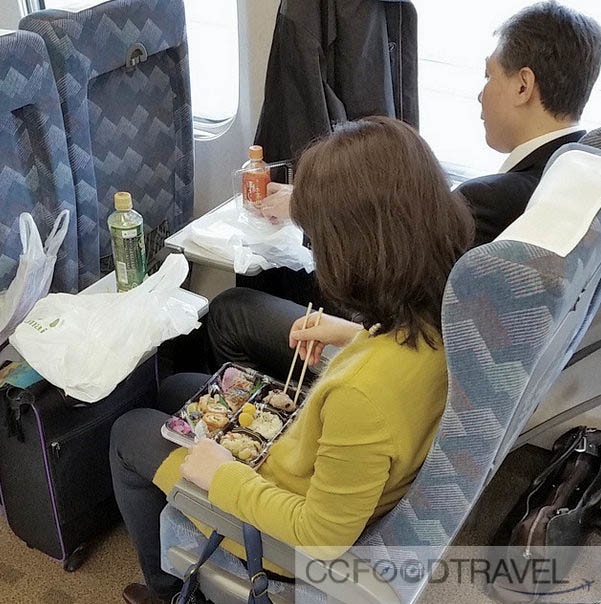

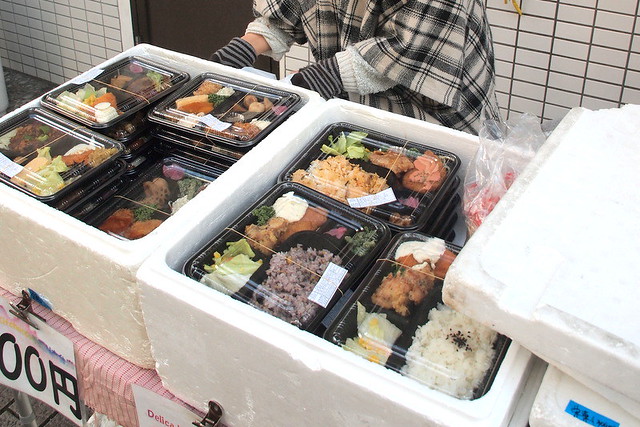

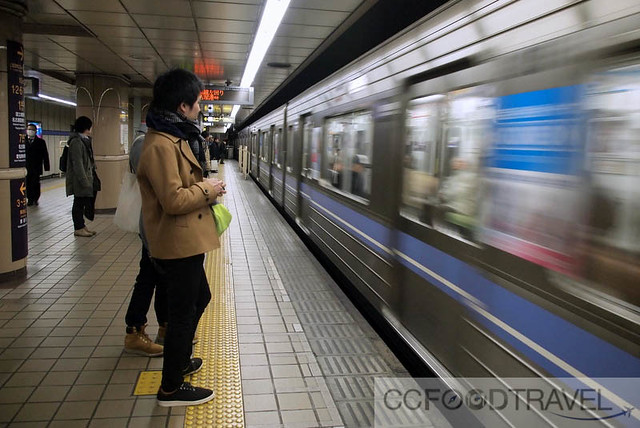

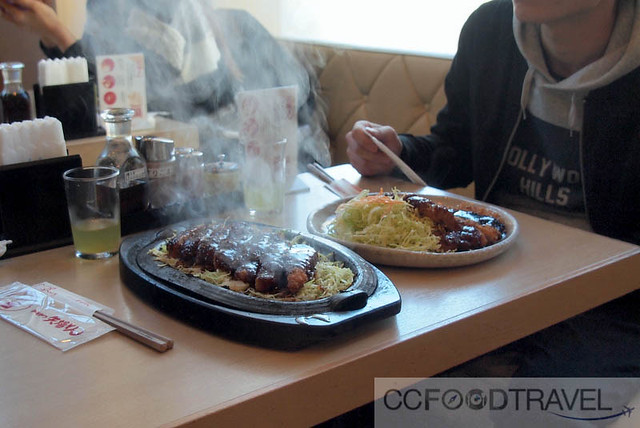

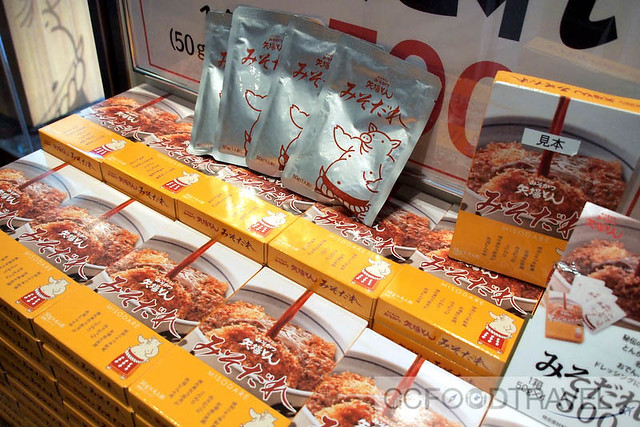


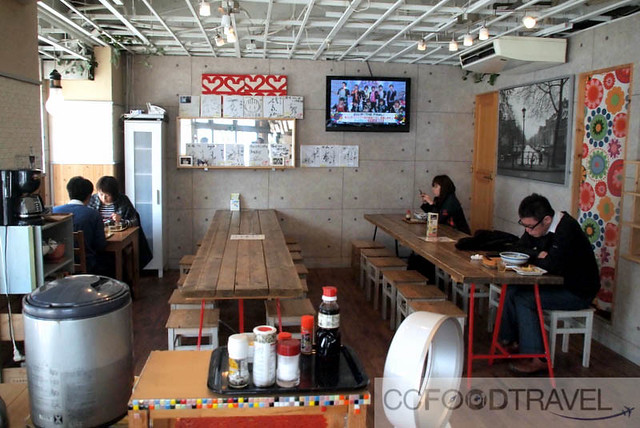

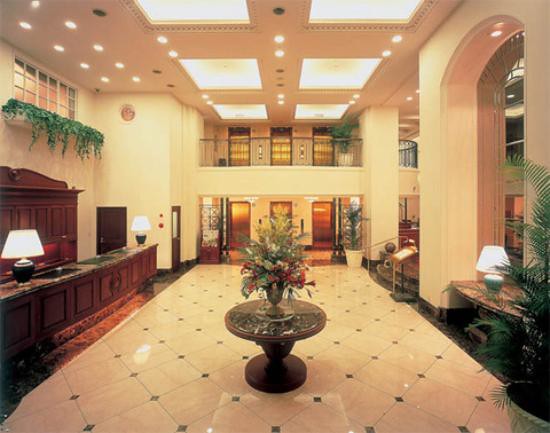

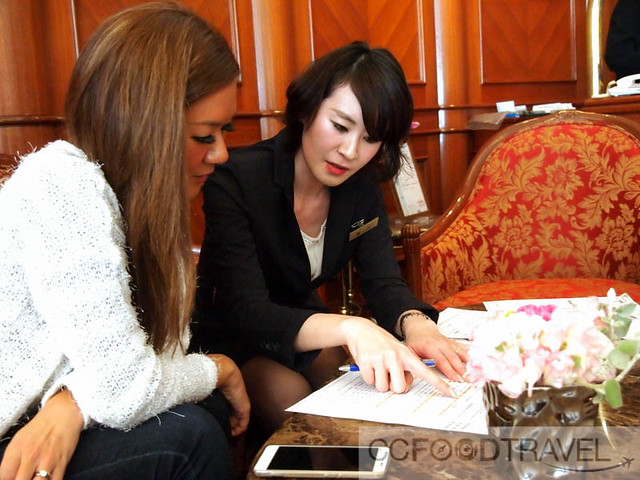
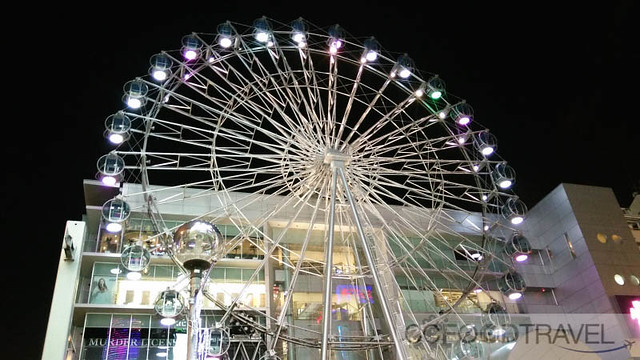
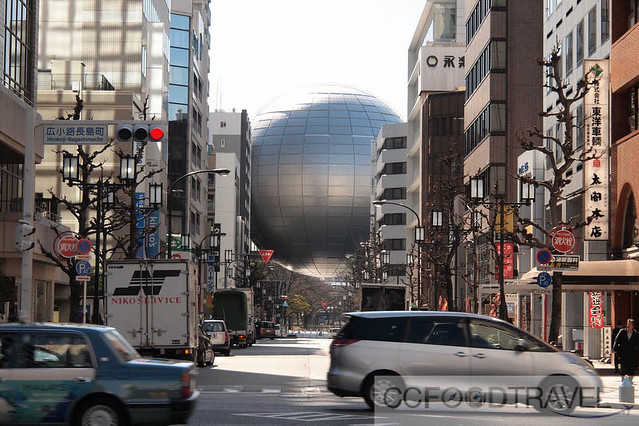
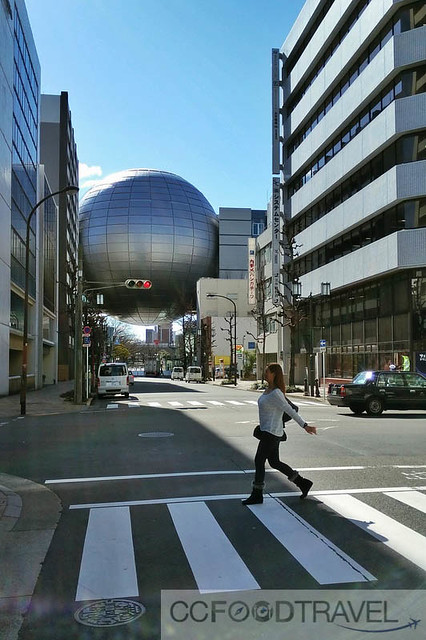

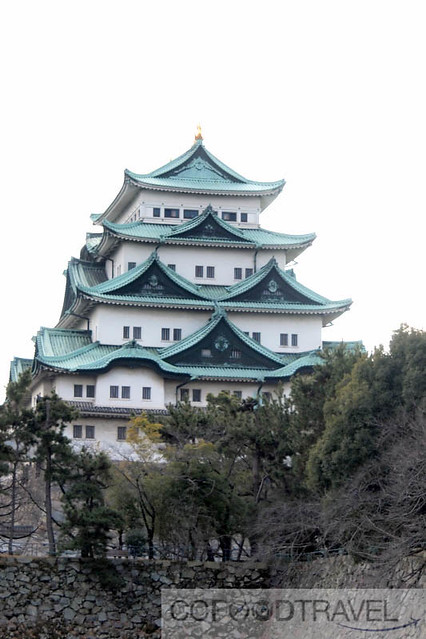
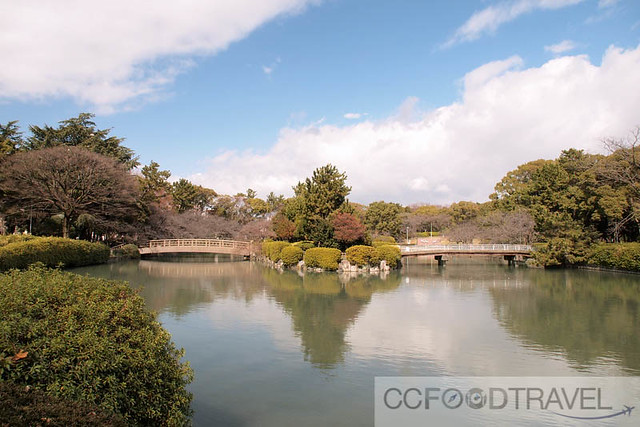



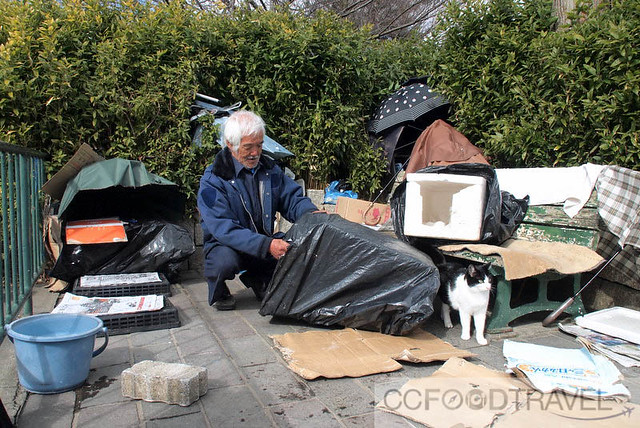
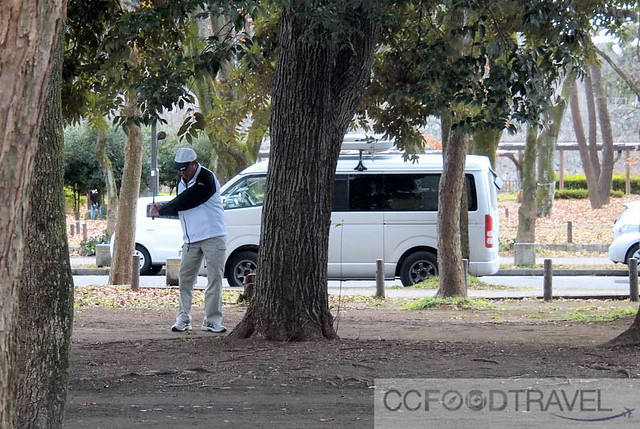
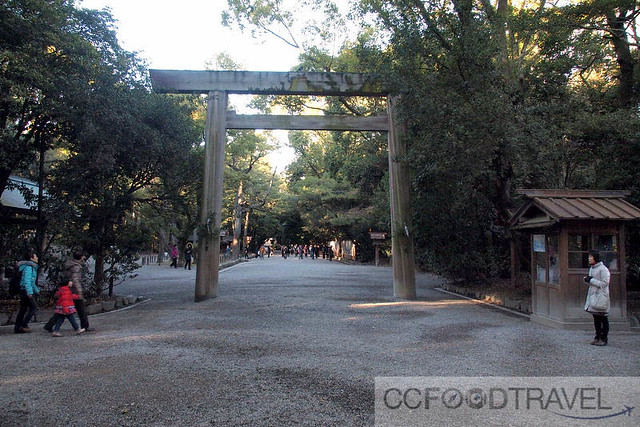
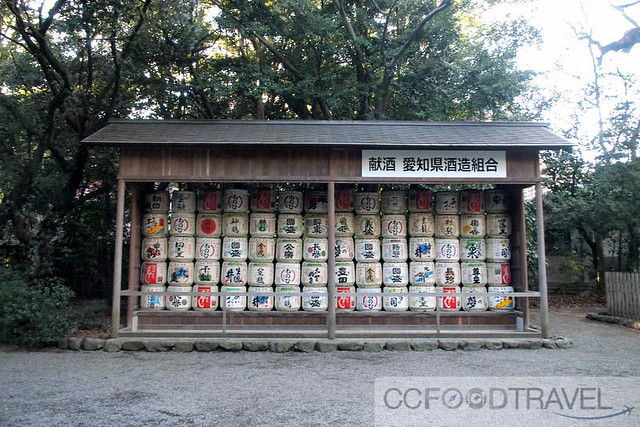
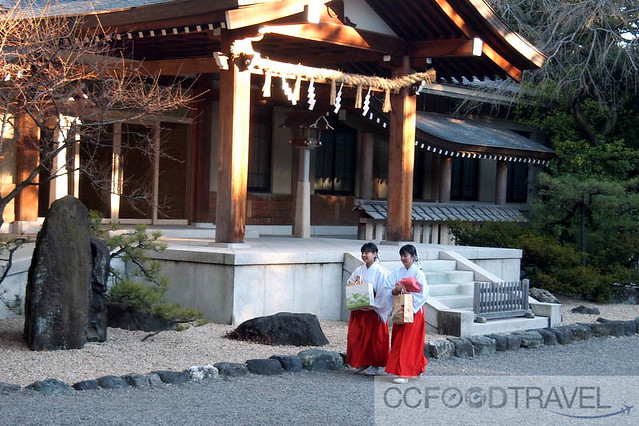
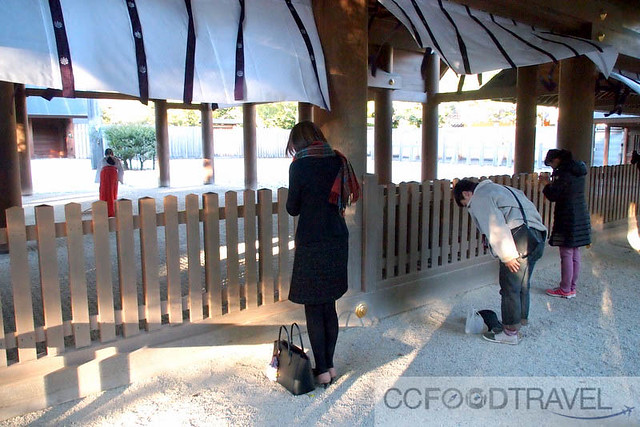
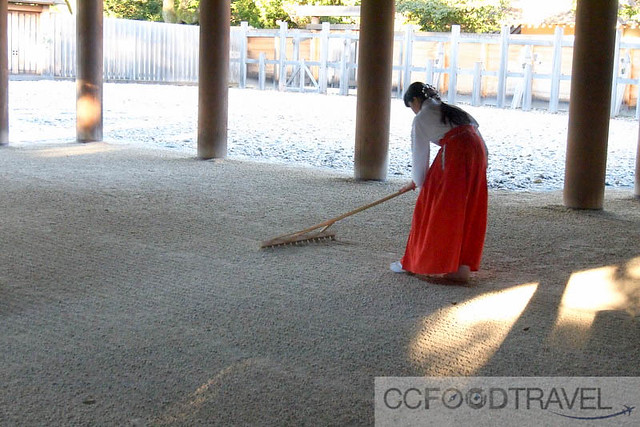
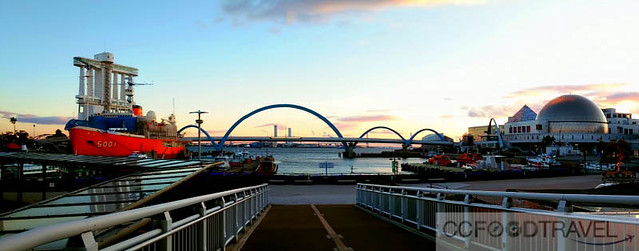

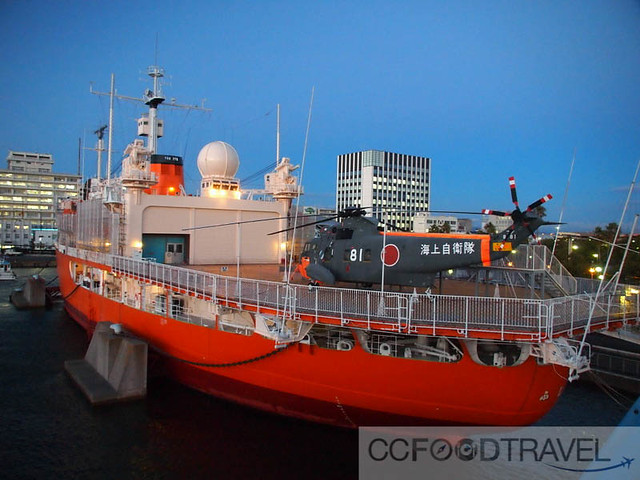
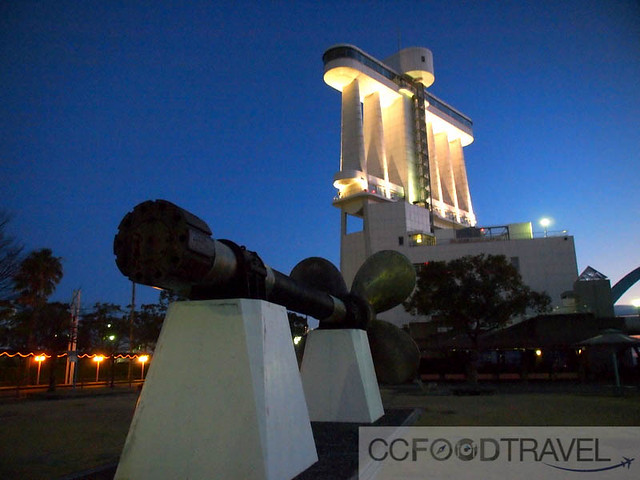
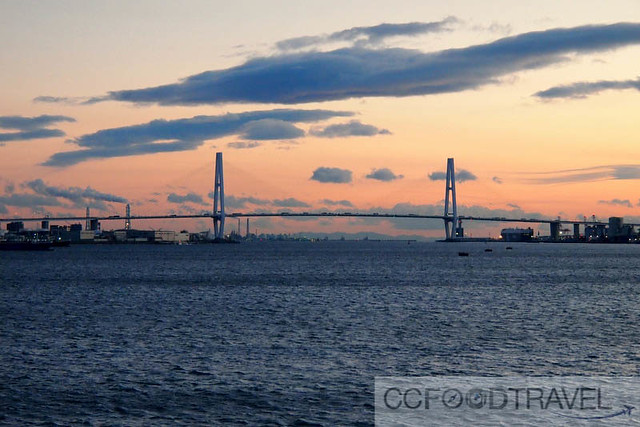

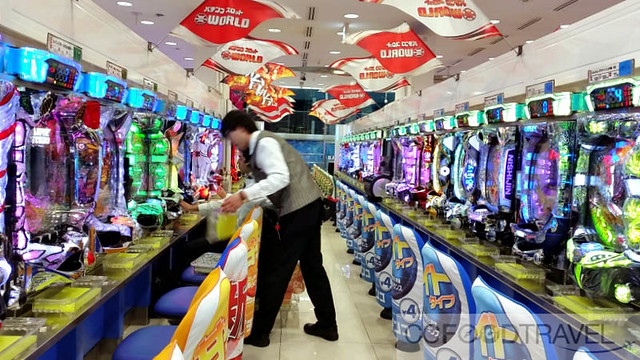






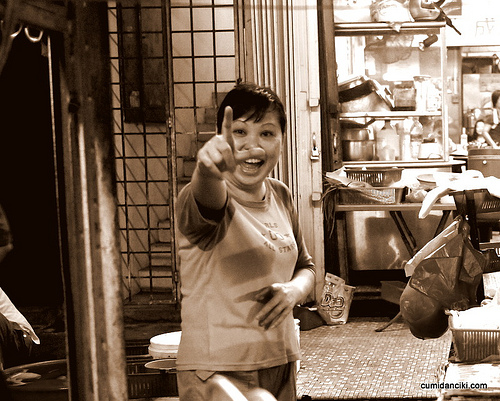
Hotel Trusty Nagoya Sakae … that’s a cool name! also fun to see a ferris wheel outside a mall 😀
Trust us to find the Trusty! 🙂
It’s practically impossible to be bored in Japan … and those food photos are freaking amazing – I’m drooling over here!
I know.. tell me about it.. it was a case of too few hours in a day. That and by the end of it our bodies were so tired from walking.. but we still wanted to carry on! 😛